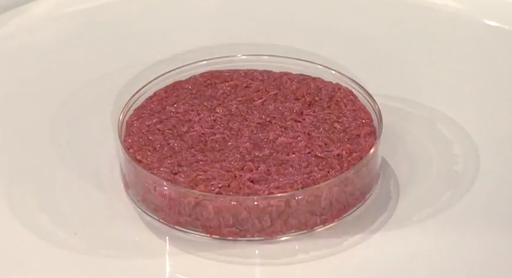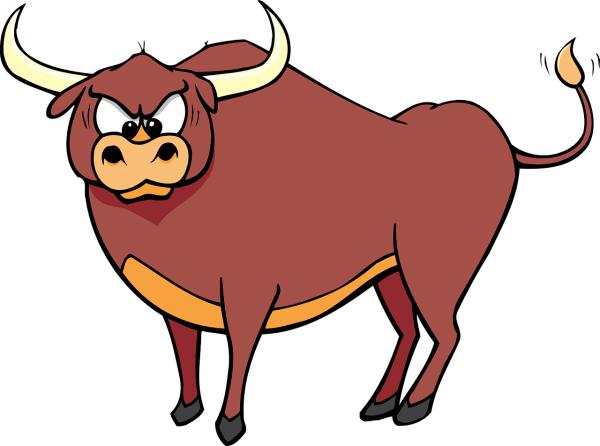Here’s the Hype
In an article I wrote for Food Technology, published in August 2021, I outlined several misconceptions championed by CM investors/marketers and perpetuated by naïve journalists.
Unsubstantiated claims or untruths about CM:
- Elimination of animal slaughter, improvement in animal welfare
- Antibiotic elimination
- Environmentally friendly, reducing greenhouse gases, enhancing sustainability
- Improved human nutrition, health, and food safety
Here are some of the ‘dirty’ facts that the hype has obfuscated:
Animal Suffering
Animal welfare has not been honestly addressed. Some ingredients needed to grow animal cells in vitro come from slaughtered animals or are harvested from living ones. One example is fetal bovine serum (FBS), which is needed as a growth factor for animal cells grown in a petri dish. FBS is derived from blood harvested from an  unborn calf taken from the cow’s uterus at slaughter. Other unmentionables; horse serum, growth factors, hormones from genetically-engineered E. coli bacteria, and cyanobacteria hydrolysate (an enzyme) may be required to ensure cell survival and growth in many bioreactors.
unborn calf taken from the cow’s uterus at slaughter. Other unmentionables; horse serum, growth factors, hormones from genetically-engineered E. coli bacteria, and cyanobacteria hydrolysate (an enzyme) may be required to ensure cell survival and growth in many bioreactors.
To provide a continuous supply of cow cells, donor calves must be biopsied. According to one published protocol, the animal must be immobilized and sedated.
“Because the operation is stressful, many biopsies would be taken at once to optimize the procedure.”
Will People for the Ethical Treatment of Animals (PETA) support this portion of the CM process once it comes to light? Livestock will not be eliminated, just repurposed. Who will raise and maintain these animals, and under what conditions? CM biotech companies must be clear that animals are still part of the supply chain unless novel, non-animal sources can be found.
Antibiotic Use
CM will need to be produced under aseptic conditions to prevent bacteria, yeasts, and mold contamination. Because contamination is a big problem with cell cultures, antibiotics and mold inhibitors are routinely used prophylactically in cell culture media to discourage the growth of microbes. Maintaining germ-free conditions is expensive and requires trained personnel and specialized equipment.
Sustainability and Environmental Impacts
Claims of less environmental impact and sustainability are only hand-waving at best. It is true that animal agriculture uses resources like water and land, which are in short supply. Animals also produce greenhouse gases such as methane. CM is ‘ultra-processed’ food, requiring large energy inputs to power facilities with enormous environmental footprints. Equipment needs include incubators, low-temperature freezers, fume hoods, HEPA air-filtration units, UV lights, incubators and bioreactors…and the many computers which run and monitor them. These facilities will also need daily applications of chemical compounds to clean and disinfect surfaces and equipment. CM grown in bioreactors produce wastewater streams containing ammonia and unconsumed amino acids, which are challenging to remove. In the popular media and marketing efforts, proponents of CM, in general, have greenwashed the process by downplaying these costs when making comparisons with animal agriculture.
Human Health & Nutrition
Human nutrition, food safety, and human health claims are primarily theoretical. There are no published, peer-reviewed clinical data looking at the short- or long-term effects of CM consumption by either humans or animals. Very little work has been published on chemical or microbiology safety standards for CM. Most publicly available information is from review articles that speculate or extrapolate based on current knowledge of other protein foods. One reason for this paucity of information is that most of the work with CM has been in the private sector, where there is no data sharing. This is not unusual. Companies protect their industry secrets to gain a better foothold in the market than their competitors.
Farmer’s Plight
The CM industry has looked the other way and not addressed the social and economic ramifications to small farmers. Family farms make up 98% of all farms in the United States. Small farms produce most of our poultry and eggs, albeit they are usually vertically integrated with large processors. Beef cattle production is another income stream with low labor inputs for farmers who need to work off the land to pay their bills. What happens to rural families who rely on livestock production as income? What will we do with marginal lands that can’t support crops but will support grazers such as sheep or goats?
A Call-to-Action
A recent commentary in Nature, written primarily by employees of New Harvest, a nonprofit research institute that supports open, public CM research, has called for CM industry pioneers to improve transparency. They asked for open collaborations to create slaughter-free solutions, quantify health and safety parameters, address sustainability, and create cost-effective production scaling to make it competitive compared to conventional meat processing. They have initiated a safety roadmap for cultured meat and are encouraging others in this burgeoning industry to help provide minimal safety standards necessary for market access.
Slow is Faster
Plant-based meat alternatives (PBMA) are a close cousin to CM because they share the same goal, creating protein from non-animal sources. They have not disrupted the market as expected. A major producer of PBMA recently laid off 19% of its workforce and lowered its full-year sales outlook, a reduction they blame on pandemic-induced food inflation. A growing number of CM start-ups have missed their launch dates due to haste and a disregard for solid science.
CM, like PBMA, might disappoint investors and consumers when it finally comes to market. CM, as a meat alternative, does have the potential to do all the things their marketers and investors have hyped. To increase CM’s potential and to prevent sub-standard products from damaging the entire community, the authors of the Nature commentary page have implored the CM industry to shift their focus: Race to the mission and not to the market. Sometimes slow is faster.




